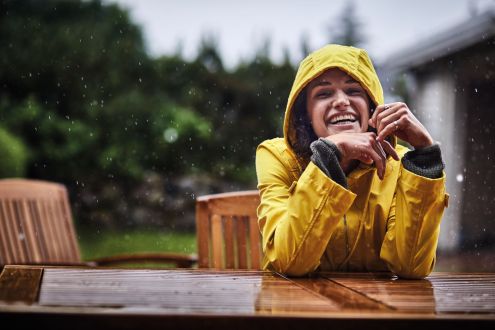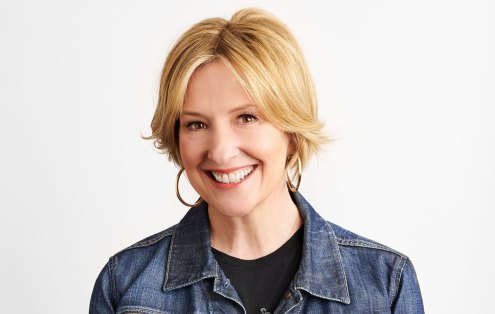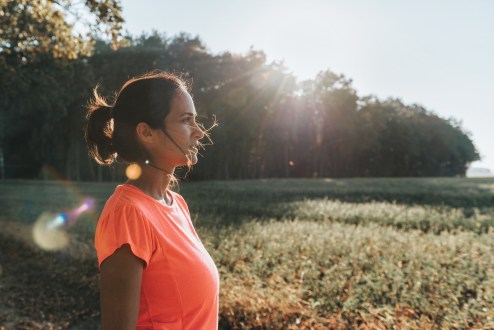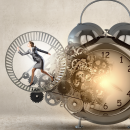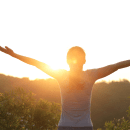Find happiness through dance
The Happiness is a unique arts show, throwing happiness up for all to question and experience. Referencing real-life stories, philosophers and self-proclaimed happiness gurus, we’re fascinated by this dynamic story. Ellen Tout spoke to the award-winning choreographer and artistic director, Karla Shacklock
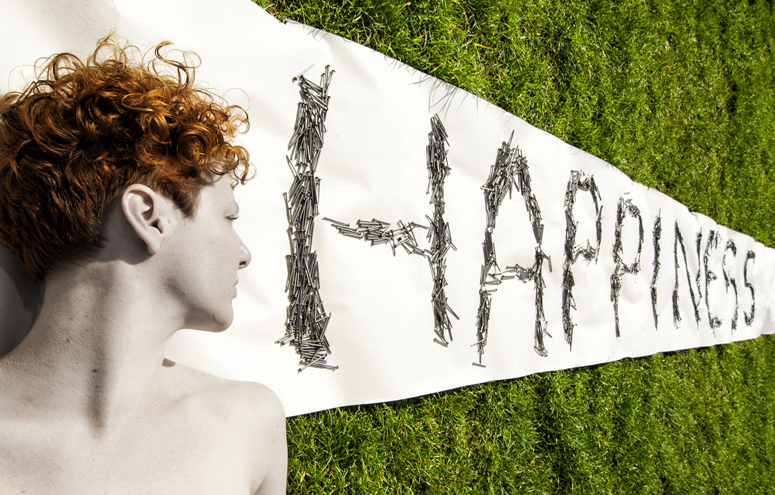
What can audiences expect from The Happiness?
It’s a highly physical, visual and visceral experience which comprises dance, spoken word, live sound and constantly changing landscapes.
We question what happiness is and where it comes from, what it actually feels like in our body and what we think might ‘make’ us happy. We wonder whether we are so busy seeking it that we haven’t noticed that we might actually be feeling it.
We’ve seen our audiences laugh, we’ve seen them cry and we’ve seen them jump up onto the stage and explore their own happiness.
What inspired you to create The Happiness?
It began as my own personal quest to understand whether or not I am happy. I decided I wanted to make a show that offered an opportunity for people to stop and think about their own lives and if, how and where happiness might be present. And what better than a show that might actually make people happy!
You spoke to an array of experts and philosophers. How did this help to shape the show?
During the devising process we talked to lots of people and consulted numerous self-help guides. We’ve digested every ‘easy path’ to happiness on the market and considered philosophies from across the globe. Much of this helped to shape the Guru character in the show, who perpetually spouts his guidance at the audience. It also helped us to think about our own happiness and the autobiographical stories we have chosen to share.
What does happiness mean to you?
I think the closest I’ve got to understanding my own happiness is the realisation that I need to stop looking to future hopes for happiness and enjoy the here and now, taking pleasure and time for each moment. Letting myself really feel happiness through wholly being whenever I can, and not being scared of losing it.
How does your research influence the way you perform?
One of the techniques we use is to decide the order of the show, live in the moment, based upon what feels right for us and our audience. This technique ensures that we, like the audience, are live and in the moment. We are all on the edge of our seats, creating something new and unique together. If happiness emerges it is not contrived and constructed, but a collective joy found in that moment.
How do you encourage this immersive experience for your audience?
The audience are involved in the work from the moment they arrive at the theatre, and are invited to join in some collective breathing before being led in. We also have a happiness board at each venue, where audience members are encouraged to post their ideas about happiness. We collect these minutes before the performance and include them in the work, so it is a real tapestry and a constantly changing!
As performers we place ourselves in an open and vulnerable position and talk directly to our audience throughout the work. At the end of the show, the audience are invited to join us on stage to explore their own happiness through their bodies. It’s a highly visceral experience and often the audience leave sweaty, happy and sometimes with tears of joy running down their cheeks.
The Happiness is touring now with performances in Oxford on 2 March, Salisbury on 19 March and Newcastle on 15-16 April.
Watch the trailer for The Happiness here:
